Choosing Materials
Being a large business comes with large responsibilities .
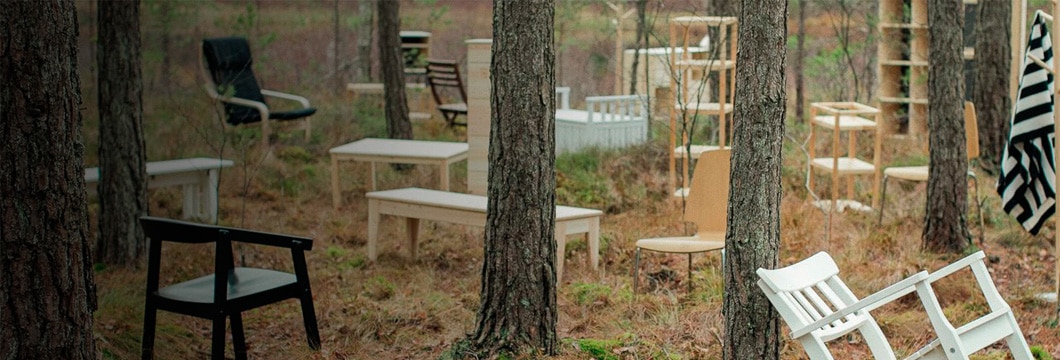
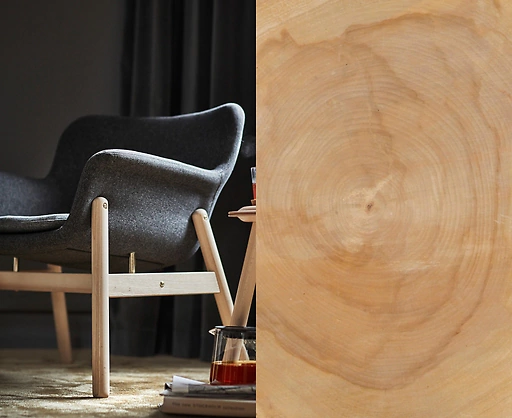
Wood
Wood is fundamental to IKEA - it makes our furniture age beautifully, making them durable enough to last for generations. But forests are fragile and sensitive to how we treat them. Today, all our wood is sourced in compliance with the IWAY Forestry Standard, which bans wood from sources involved in forest-related conflicts or illegal harvests. The size of our operation means we have great ability and responsibility to protect the world’s forests. By 2020, 100% of our wood will be FSC (Forestry Stewardship Council) certified or from recycled sources. We’ve already almost reached 80%. The FSC standard protects ecosystems and people’s livelihoods.
>> Read more about how we work with wood
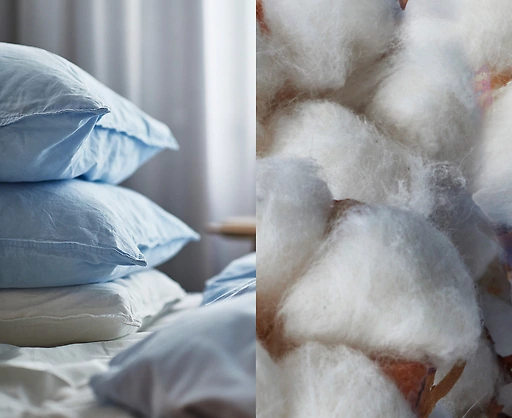
Cotton
We love working with cotton. It’s natural and renewable material that breathes well. And because it absorbs moisture, our cotton textiles are suitable even in the warmest of climates. Yet, we’re uncomfortable with the fact that conventional cotton production can have a negative environmental impact, and may be harmful for cotton farmers and their families. Since 2015, all cotton in our products comes from more sustainable sources. “More sustainable” means improved cotton production for people and the environment by minimising the use of pesticides and fertilisers. It’s about securing better water management and developing cultivation practices. Moving forward we’ll continue to focus on water efficiency and biodiversity. As part of reaching our goal, we want sustainable cotton to be the norm for the entire industry, not just IKEA.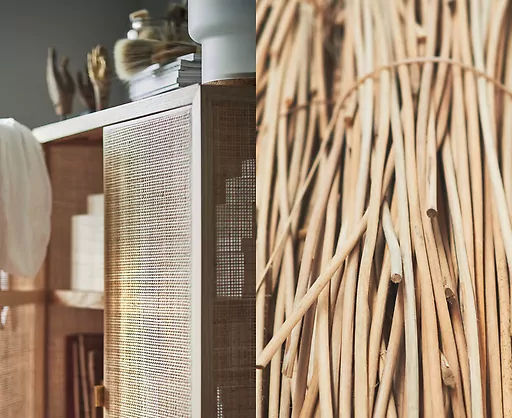
Natural fibres
From water hyacinth to cork, banana fibers, and rattan, the use of natural fiber materials is increasing at IKEA. Not only are they natural and renewable, they also have great character, making each final product quite unique. A majority of this production is non-industrial. We work closely with weavers and craftsmen and women in Vietnam, Indonesia, and China amongst others. Working with skilled artisans from around the world opens up doors for co-creation, inspiration and new production knowledge as well.
Scrap/recycled
We use recycled materials whenever possible. Wood, plastic, paper, and metal are just a few that we love to work with. We differentiate between scrap and recycled materials - scrap refers to the leftover material from another production, while recycled is when we’re able to reuse material from old products. But, it’s more - it’s a way of thinking and developing products too. We aim to design in ways that allow you to recycle products at the end of their lifetime, thus minimising waste. That’s why we’re constantly looking for new ways to use scrap materials and recyclables and turn them into something useful and stylish for your home, like with KUNGSBACKA kitchen fronts.
>> Read more about “Value, not waste”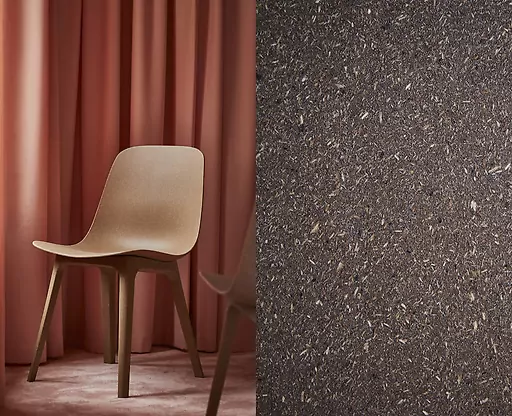
Composite
A composite material consists of two or more materials - each with different characteristics. At IKEA, we use composite material because it’s strong, low maintenance, low price, and light. An example is wood-plastic composite. Using wood fiber waste makes plastic products stronger and less expensive - and it helps put waste to good use. That’s the beauty of composite: there’s less material usage and a great potential to utilize lower quality materials (otherwise classified as waste) and turn them into something new that is strong, compact, and light with a long life time. Find composites in everything from BILLY bookcases, ODGER chairs to RÖDTOPPA covers.
>> Watch the story of ODGER chair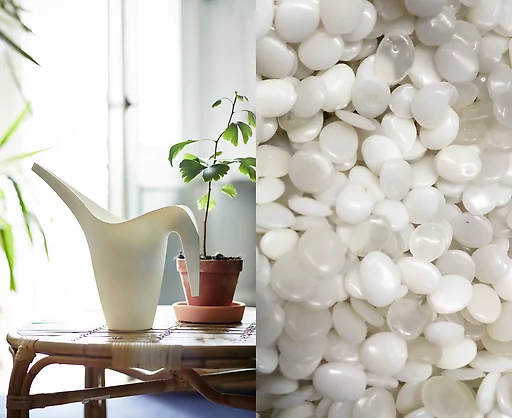
Plastic
We’re on a journey towards only using recycled and/or renewable plastics. Most plastics are oil-based, which means that they come from a non-renewable resource. So, whenever possible, we use as much recycled or renewable plastic in our products as we can. Today, about one third of our plastic items come from renewable and/or recycled sources. PET, PE and PP are three of the most commonly used plastics in IKEA products, and all comply with the strictest law and safety standards. We have detailed requirements on the use of chemicals and other substances in the manufacturing process, taking into account your health aspects and environmental impacts.>> Read about our sustainability goals for plastic
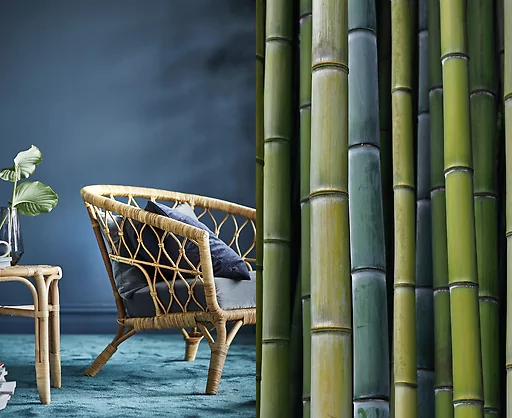
Bamboo
Bamboo is one of the fastest growing plants in the world - one of many reasons why we like working with it. It’s durable, hard, and moisture tolerant. We divide bamboo into three categories depending on the process and product that it’s used for: Natural Fibers - the fiber is weaved, rolled or pressed. Industrialized Bamboo - split into thin layers and glued together to form different boards. Layer glued - form-pressed bamboo veneer. More than 90% of the bamboo we use is grown in China, and in 2016, nearly all of it was FSC certified. Certification has been a long journey and we look forward to rolling out our bamboo standards to develop the industry in India and Vietnam too.
>> Read more about efforts within sustainability